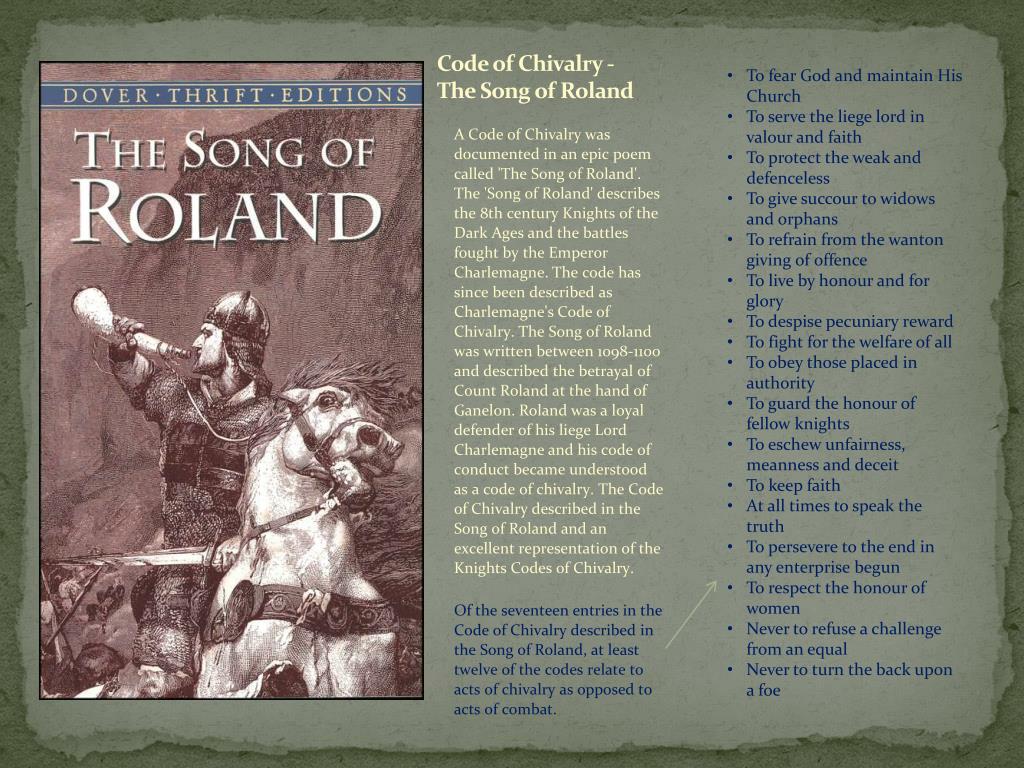
In 2020, estimates placed their total number of members around 26,000.

Today, the Yakuza are a shell of their former selves.

They provided life-saving disaster relief following numerous natural disasters, like the Great Hanshin earthquake in 2011. The Yakuza has even been the subject of international praise by some in the past. Instead of being lecherous villains, they came to be viewed as a necessary evil. During that time, they operated internationally and had a firm grip on Japanese media.Īs a result of their prevalence in and control of media, their image began improving as well. The organization hit its prime around the 1960s, numbering around 200,000. As the years rolled on, they expanded into other sectors such as prostitution, trafficking, and arms dealing. And to protect their assets and reclaim debts, they often hired men in the form of ronin (masterless samurai).Įventually, these small gangs burgeoned into sprawling criminal enterprises. Gamblers and loan sharks, known as bakuto, began forming small gangs during this time. However, it’s believed they started forming during the Edo period in the 1800s. The beginnings of the Yakuza remain shrouded in mystery. And many associate them with being a refuge for the outcasts and outsiders of Japanese society.

However, they remain a prominent part of Japanese urban culture. Today, the Yakuza is not as sprawling and influential as it once was. It consists of multiple syndicates working together, each with its own specialties and hierarchies. The organization and structure of the Yakuza are often compared to a fiefdom. Yakuza who break these tenants are subject to severe punishment from their fellow members. The rules include not stealing from everyday people and acting chivalrously. This reputation is partially due to their famous code of conduct. Additionally, many stories and legends tell of Yakuza helping and protecting everyday people. In 1995, the Yamaguchi-gumi Yakuza (the largest Yakuza “family”) provided significant disaster relief following the Kobe earthquake. They engage in extortion, prostitution, trafficking, violent crimes, and (more recently) white-collar schemes. The Yakuza have long been the most prevalent criminal organization in Japan. Their secretive rituals, such as yubitsume (“finger shortening”), are the stuff of legend worldwide. Thanks to their unique and mysterious style, they feature prominently in Japanese art and media. While still one of the world’s wealthiest crime syndicates, their membership numbers have declined for years.įew criminal groups achieve the international infamy that the Yakuza possess. Sometimes called the “Japanese Mafia,” Yakuza members are famous for their distinctive tattoos and code of conduct.

By studying the negative aspects of Richard and Bolingbroke’s joint disregard for chivalry, it is my hope that the reader will come to understand the importance of adhering to this code of conduct.The Yakuza is a complex and powerful Japanese criminal organization. Through a close study of the play itself and concluding remarks on the personal character of both Richard and his nemesis, Bolingbroke, it becomes obvious that violating chivalry not only affects the individual violator, but can also cause the demise of an entire nation. Rather than studying a work that exemplifies chivalry in action, Richard II reveals the severity of the consequences that will affect an entire nation if chivalry is abandoned. Chivalry originally began as a code of conduct for knights and nobility and was not simply a set of actions and characteristics to be performed, but a lifestyle of honor, courage, and selflessness.
Chivalry code of conduct in the 1800s full#
Studying this work will enable the reader to gain a more full understanding of how seriously the noblemen of those days took this code of conduct. This thesis will research, in depth, William Shakespeare’s The Tragedy of King Richard the Second (1597), the first of the four history plays in the second tetralogy. For this reason, it is crucial to turn to literature concerning the time period and people that were expected to uphold the code of chivalry at all times. Today’s society understands chivalry in a vastly different context than how chivalry was originally understood in the 14 th and 15 th centuries.


 0 kommentar(er)
0 kommentar(er)
